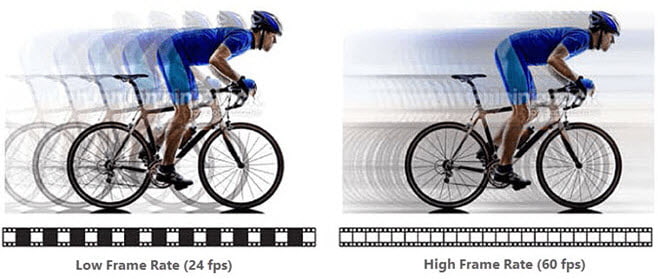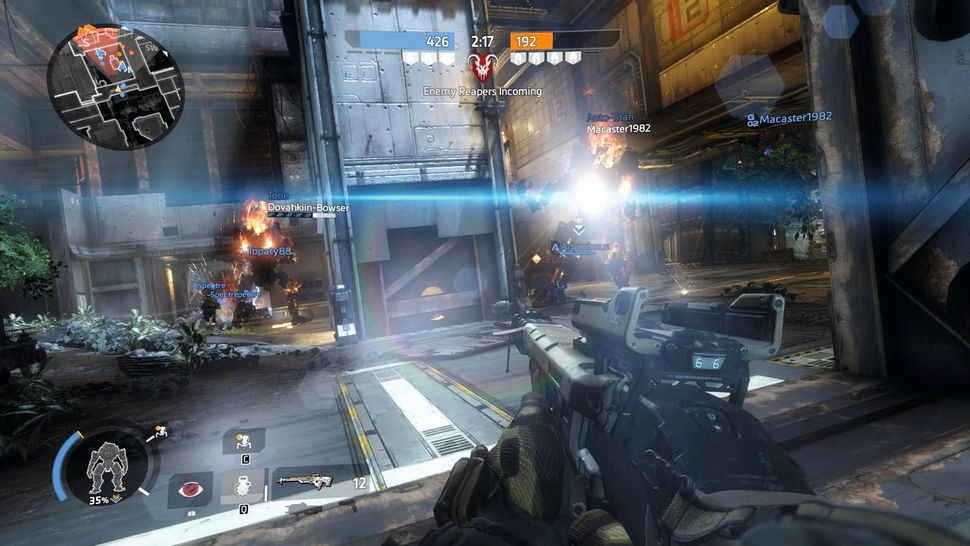
This indicates that there is a need for additional interaction support. Furthermore, the players tend overcome the limitations of the systems by inventing various imaginative ways to communicate, co-ordinate and co-operate. However, the players tend to communicate outside the game system. The preliminary analysis indicate that, according to the players, the support for team interaction in action games is adequate. The main objective is to acquire general understanding of team interactions in the context of the research. The end-users were interviewed using open-ended and semi-structured interviews and the game playing sessions were observed. The research methods used are qualitative. The focus is in finding out how the player teams interact and whether the current games provide enough possibilities for team interaction, either inside the game world or supported by real world communication. The overall goal is to study the interaction in these networked multimedia environments. This paper describes the findings of the ethnographical research concentrating on multiplayer games. Finally, the paper reflects the results in theories of communication and engagement. Thus, this paper contributes to demonstrating the transferability between these domains.

The practical significance of this work lies in the provision of design implications for a virtual environment for crisis management training. Approximately two-thirds of the statements proved coherent in both domains. Results show that multiplayer games are highly similar to the requirements for crisis management training in virtual environments. By asking participants in an empirical study of crisis management, the statements were either confirmed or refuted. Findings on voice communication in online games were researched and formulated as a set of statements. In search for knowledge on how best to implement communication for virtual environments for training, communication in online games was studied. Proper training of crisis management personnel is vital for reducing the impact of a major incident. They demonstrate that positive mood in gaming is not static, but changeable depending on one’s current gaming environment and flow.Ī crisis is an emergency event that can lead to multiple injuries and damage to property or environment. These findings support and extend previous work which explores the emotional affordances of gaming and highlight the importance of obtaining situated measures of experiences. Finally, players who indicated playing less frequently experienced higher positive mood, relative to those who played more. Higher reports of flow were, nonetheless, associated with decreases in positive mood. Specifically, in-vivo positive mood was higher for players when playing online with friends (relative to those playing solo). Multi-level modelling revealed positive mood was associated with in-vivo reports of flow in gameplay, current context and individual-level variance in the number of hours typically spent engaged in playing per week. Data was obtained from 41 gamers producing a total of 2796 data-points.

We also explored individual-level factors including demographic gaming variables (average hours per week playing, gamer-type, preferred type of play) and Big-5 personality traits. In a hitherto unused approach in this field, we utilised a Smartphone App to model the effect of in-vivo flow and gaming context on positive mood.

While all three mechanisms were perceived as improvements over the no-guidance condition and resulted in significantly improved target finding times, the arrow mechanism stands out as the most generally accepted and favored approach, whereas the other two (butterfly guide and radar) received a more polarized assessment due to their specific strengths and drawbacks.Īlthough research extols the positive effects of social gaming, the dynamic processes underlying these effects remain unclear. We investigate the question: How do the different approaches compare in terms of target finding performance and participants' assessments of the experiences.

A fourth condition with no guidance tool available was added as a baseline. We report on a user study in which we compared three different visual guiding mechanisms (arrow, butterfly guide, and radar) in the context of 360°image-based educational VR tour applications of real-world sites. The attention guiding mechanism serves as a communication tool that helps users find entities currently not visible in their view, referenced for instance by another user or in some accompanying audio commentary. Mechanisms for guiding a user's visual attention to a particular point of interest play a crucial role in areas such as collaborative VR and AR, cinematic VR, and automated or live guided tour experiences in xR-based education.


 0 kommentar(er)
0 kommentar(er)
